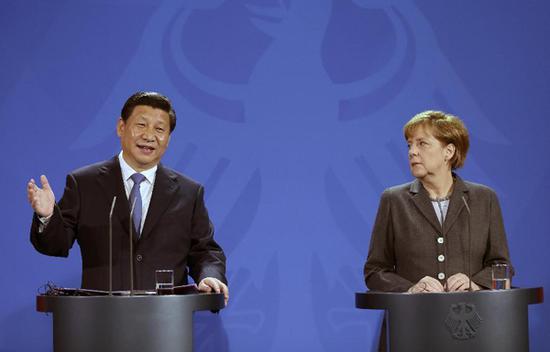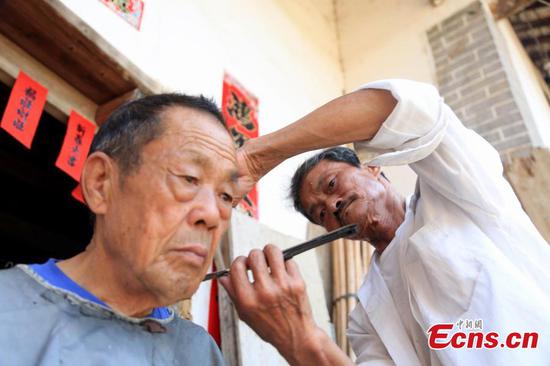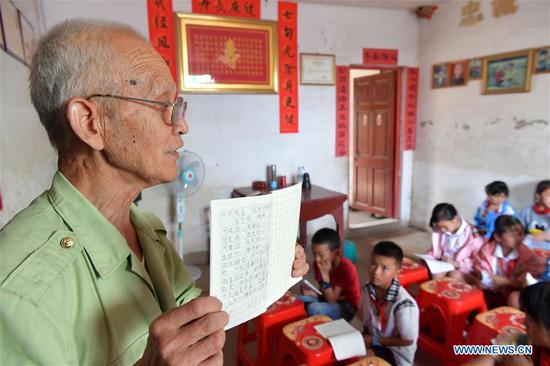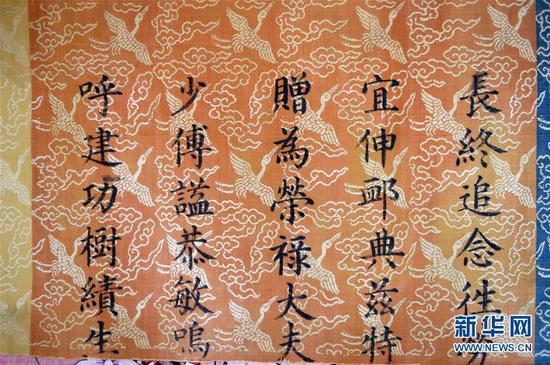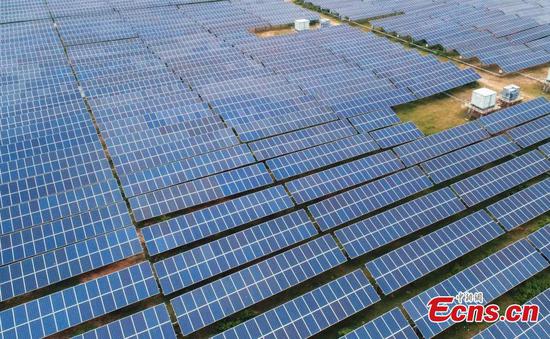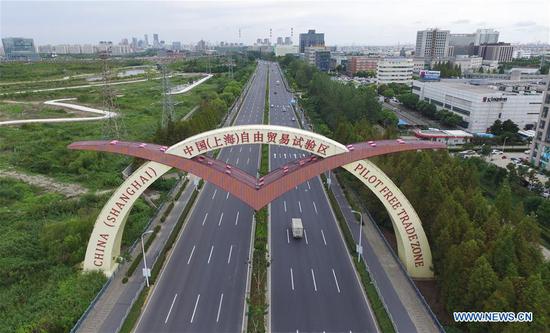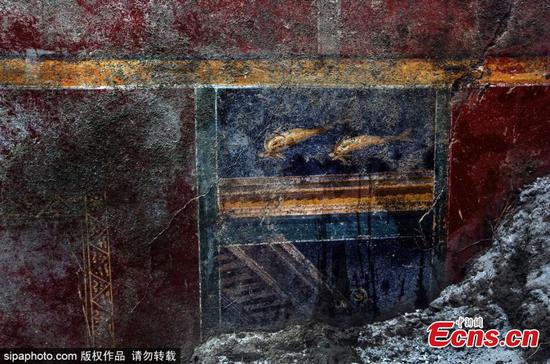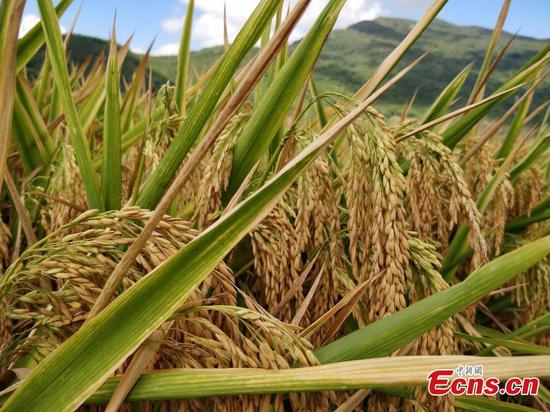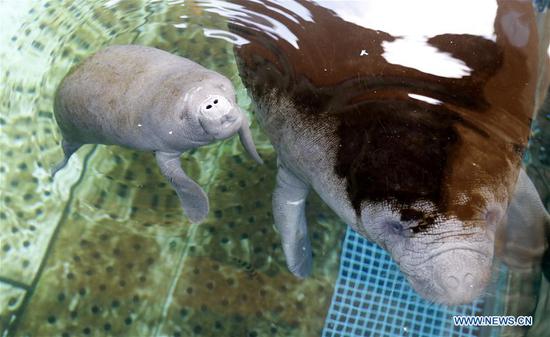The S&P Global Ratings' downgrade of China's sovereign credit rating is a "simple, biased and unfair" decision that is against economic fundamentals and indicators, China Banking Association said Monday.
The association said the rating downgrade is not in line with China's "mitigated systemic credit risks for corporations and banks, stabilized credit growth, stabilized financial leverage and corporate leverage."
"The economic fundamentals of China are stable and sound, the banking industry is developing at a steady pace, the asset quality is better than the same period of last year and also better than expected," it said.
By focusing only on risk from growing credit, credit level, past problems, temporary fluctuations and pressure during China's economic transition, the agency overlooked the improving overall quality of the banking industry, risk control in a different financing structure, deleveraging, the better macro credit environment and new progress made by the banks in restructuring and supporting the real economy, according to the association.
Commercial banks' non-performing loan (NPL) ratio stood at 1.74 percent at the end of June, the same as that three months earlier, China Banking Regulatory Commission (CBRC) said in August.
Banks' credit asset quality remained stable and risk resistance continued to improve in the second quarter, according to the CBRC.
Meanwhile, loan loss reserves increased to 2.9 trillion yuan (around 430 billion U.S. dollars), up by 74.7 billion yuan from last quarter, while the provision coverage was at 177.2 percent, down 1.58 percentage points from the end of March.
The banking sector saw a year-on-year profit increase of 7.92 percent in the first six months, up by 3.31 percentage points from last quarter.
"Total banking sector assets reached 243.2 trillion yuan by the end of the second quarter, up 11.5 percent year on year," said Pan Guangwei, executive vice president of China Banking Association at a press conference held by the State Council Information Office.
"Downgrading the ratings on China despite its good economic fundamentals and stable banking industry will not only give rise to doubts over objectivity and impartiality, but makes the decision seem limited and unconvincing," Pan said.
"S&P should re-assess and refine its rating framework, so as to see both the trees and the forest," said Pan.
S&P said Thursday that it had lowered China's long-term sovereign credit rating to A+ from AA-, because a "prolonged period of strong credit growth has increased its economic and financial risks."
Calling the reasoning a "cliche," the Ministry of Finance (MOF) said Friday the downgrade was "a wrong decision."
In any case, credit growth is decelerating. At the end of August, M2 -- cash in circulation plus deposits -- was up 8.9 percent from a year before, but the pace of growth was down for the seventh straight month.
Addressing debt growth, the MOF said local government debt issues would be addressed through continued fiscal reform. S&P had claimed that local government financing vehicles (LGFVs) continued to fund public investment with borrowing that could require repayment by the government. The ministry insists that debt of LGFVs will be paid off by the companies themselves, and governments would not be liable.
S&P's downgrade is a reminder of deficiencies in the economy and the need for reform, but not a reflection of credit risk or economic fundamentals, economists said.
China's GDP grew 6.9 percent year on year, faster than expected, in the first half of the year, above the government's 2017 target.









